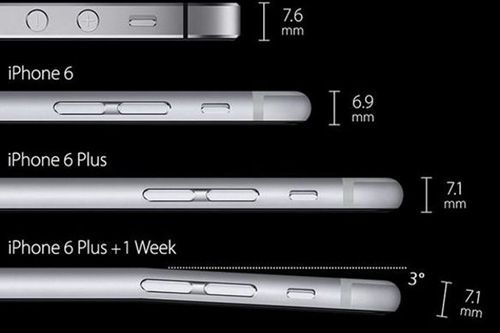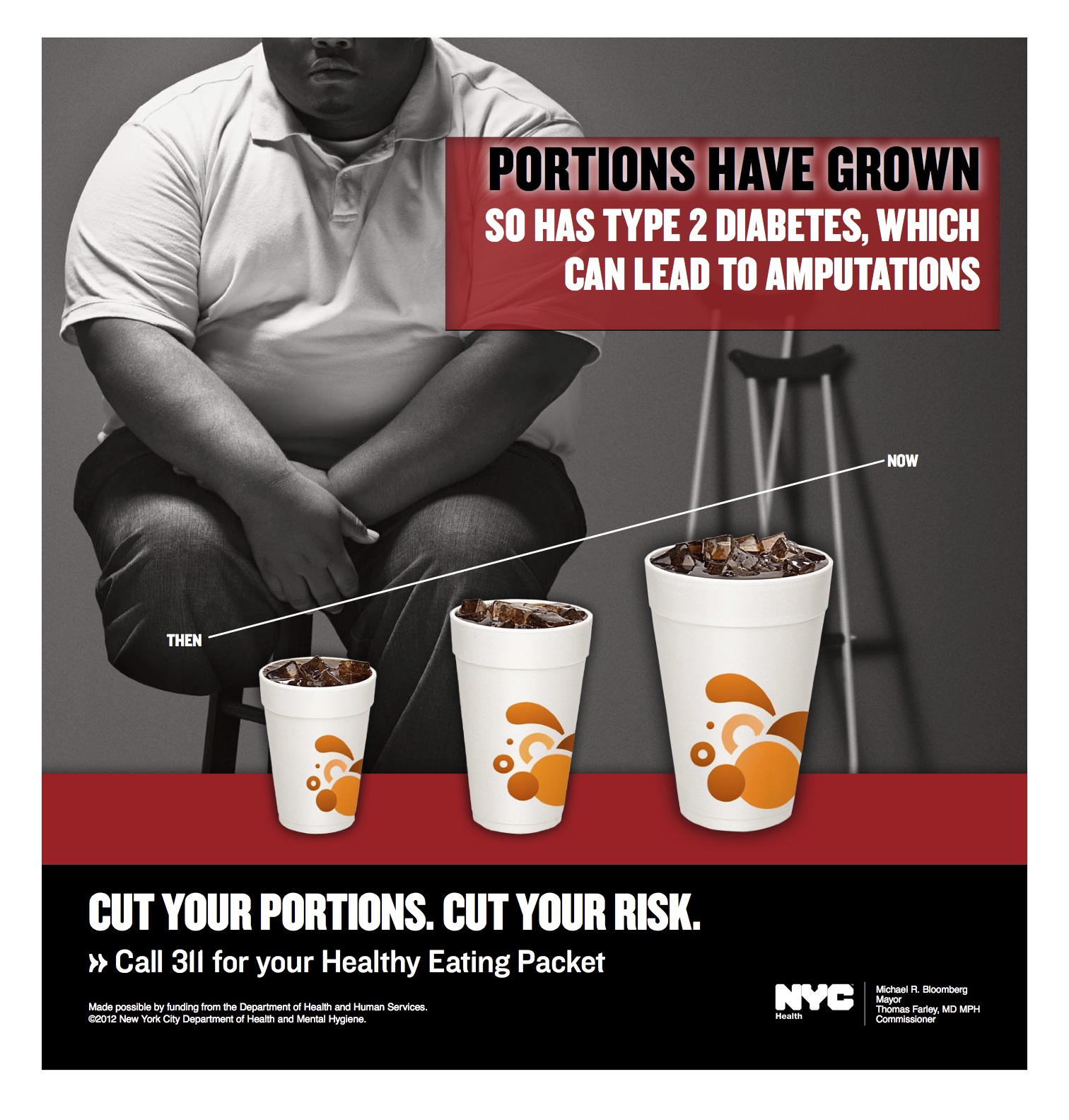This persuasion technique tries to link a product, service, or idea with something already liked or desired by the target audience, such as fun, pleasure, beauty, security, intimacy, success, wealth, etc. The media message doesn’t make explicit claims that you’ll get these things; the association is implied.
Examples:
The video one is advertisement of Bank Mandiri that give all the customers a service that can make the customers stay with the Bank. And the picture one provides a service that help client solve the problem without a problem.
2. Bandwagon
Many ads show lots of people using the product, implying that "everyone is doing it" (or at least, "all the cool people are doing it").
Examples:
The video one explain us that cool people wear Vans shoes and the picture itself already explain us that World choose Yonex as the no.1 badminton racket all over another brand.
3. Beautiful People
Beautiful people uses good-looking models (who may also be celebrities) to attract our attention. This technique is extremely common in ads, which may also imply (but never promise!) that we’ll look like the models if we use the product.
Examples:
4. Bribery
This technique tries to persuade us to buy a product by promising to give us something else, like a discount, a rebate, a coupon, or a "free gift.”
Examples:
5. Celebrities
Ads often use celebrities to grab our attention. By appearing in an ad, celebrities implicitly endorse a product; sometimes the endorsement is explicit.
Examples:
JKT48 is group-sister of AKB48 (a girlband from Japan) from Indonesia (JKT stand for Jakarta).
6. Experts
Scientists, doctors, professors and other professionals often appear in ads and advocacy messages, lending their credibility to the product, service, or idea being sold. Sometimes, “plain folks” can also be experts, as when a mother endorses a brand of baby powder or a construction worker endorses a treatment for sore muscles.
Examples:
7. Explicit Claims
For example, some ads state the price of a product, the main ingredients, where it was made, or the number of items in the package – these are explicit claims. So are specific, measurable promises about quality, effectiveness, or reliability, like “Works in only five minutes!”
Examples:
Super Bubur is an instant porridge that can we eat after we make it for 5 minutes.
8. Fear
It uses something disliked or feared by the intended audience (like bad breath, failure, high taxes or terrorism) to promote a "solution.”
Examples:
9. Humor
Advertisers make us laugh and then show us their product or logo because they’re trying to connect that good feeling to their product. They hope that when we see their product in a store, we’ll subtly re-experience that good feeling and select their product.
Examples:
10. Intensity
The language of ads is full of intensifiers, including superlatives (greatest, best, most, fastest, lowest prices), comparatives (more, better than, improved, increased, fewer calories), hyperbole (amazing, incredible, forever), exaggeration, and many other ways to hype the product.
Examples:
The first one explain us that Boncabe is the spiciest chili flavor and the second one explain us that Bango is the sweetest soy sauce.
11. Maybe
Unproven, exaggerated or outrageous claims are commonly preceded by "weasel words" such as may, might, can, could, some, many, often, virtually, as many as, or up to. Watch for these words if an offer seems too good to be true.
Examples:
12. Plain Folks
This technique works because we may believe a "regular person" more than an intellectual or a highly-paid celebrity. It’s often used to sell everyday products like laundry detergent because we can more easily see ourselves using the product, too.
Examples:
13. Repetition
Advertisers use repetition in two ways: Within an ad or advocacy message, words, sounds or images may be repeated to reinforce the main point.
Examples:
14. Testimonials
Media messages often show people testifying about the value or quality of a product, or endorsing an idea. They can be experts, celebrities, or plain folks. We tend to believe them because they appear to be a neutral third party (a pop star, for example, not the lipstick maker, or a community member instead of the politician running for office.)
Examples:
15. Warm & Fuzzy
This technique uses sentimental images (especially of families, kids and animals) to stimulate feelings of pleasure, comfort, and delight.
Examples:
16. The Big Lie
The Big Lie is more than exaggeration or hype; it’s telling a complete falsehood with such confidence and charisma that people believe it. Recognizing The Big Lie requires "thinking outside the box" of conventional wisdom and asking the questions other people don’t ask.
Examples:
17. Charisma
Examples:
18. Euphemism
Euphemism tries to pacify audiences in order to make an unpleasant reality more palatable. Bland or abstract terms are used instead of clearer, more graphic words. Thus, we hear about corporate "downsizing" instead of "layoffs," or "enhanced interrogation techniques" instead of "torture.”
Examples:
19. Extrapolation
Examples:
Persuaders love to flatter us. Politicians and advertisers sometimes speak directly to
us: "You know a good deal when you see one." "You expect quality." "You work hard for a living." "You deserve it." Sometimes ads flatter us by showing people doing stupid things, so that we’ll feel smarter or superior. Flattery works because we like to be praised and we tend to believe people we like.
Examples:
21. Glittering Generalities
Examples:
22. Name-calling
This technique links a person or idea to a negative symbol (liar, creep, gossip, etc.). It’s the opposite of Glittering generalities. Persuaders use Name-calling to make us reject the person or the idea on the basis of the negative symbol, instead of looking at the available evidence. A subtler version of this technique is to use adjectives with negative connotations.
Examples:
23. New
We love new things and new ideas, because we tend to believe they’re better than old
things and old ideas. But sometimes, new products and new ideas lead to new and more difficult problems.
Examples:
24. Nostalgia
This is the opposite of the New technique. Many advertisers invoke a time when life was simpler and quality was supposedly better ("like Mom used to make").
Examples:
25. Rhetorical questions
These are questions designed to get us to agree with the speaker. They are set up so that the “correct” answer is obvious. Rhetorical questions are used to build trust and alignment
before the sales pitch.
Examples:
26. Scientific evidence
This is a particular application of the Expert technique. It uses the paraphernalia of science (charts, graphs, statistics, lab coats, etc.) to "prove" something. It often works because many people trust science and scientists. It’s important to look closely at the "evidence," however, because it can be misleading.
Examples:
27. Simple Solution
Persuaders offer relief by ignoring complexity and proposing a Simple solution. Advertisers take this strategy even further, suggesting that a deodorant, a car, or a brand of beer will make you beautiful, popular and successful.
Examples:
28. Slippery slope
This technique combines Extrapolation and Fear. Instead of predicting a positive future, it warns against a negative outcome. It argues against an idea by claiming it’s just the first step down a “slippery slope” toward something the target audience opposes.
Examples:
29. Symbols
Symbols are words or images that bring to mind some larger concept, usually one with strong emotional content, such as home, family, nation, religion, gender, or lifestyle. Persuaders use the power and intensity of symbols to make their case. But symbols can have different meanings for different people.
Examples:
30. Ad Hominem
It works on the belief that if there’s something wrong or objectionable about the messenger, the message must also be wrong.
Examples:
31. Analogy
An analogy compares one situation with another. A good analogy, where the situations are reasonably similar, can aid decision-making. A weak analogy may not be persuasive, unless it uses emotionally-charged images that obscure the illogical or unfair comparison.
Examples:
32. Card Stacking
Card stacking, however, deliberately provides a false context to give a misleading impression. It "stacks the deck," selecting only favorable evidence to lead the audience to the desired conclusion.
Examples:
33. Cause vs. Correlation
While understanding true causes and true effects is important, persuaders can fool us by intentionally confusing correlation with cause.
Examples:
34. Denial
This technique is used to escape responsibility for something that is unpopular or controversial. It can be either direct or indirect. A politician who says, "I won’t bring up my opponent’s marital problems," has just brought up the issue without sounding mean.
Examples:
35. Diversion
This technique diverts our attention from a problem or issue by raising a separate issue, usually one where the persuader has a better chance of convincing us. Diversion is often used to hide the part of the story not being told. It is also known as a “red herring.”
Examples:
36. Group Dynamics
We are greatly influenced by what other people think and do. We can get carried away by the potent atmosphere of live audiences, rallies, or other gatherings. Group dynamics is a more intense version of the Majority belief and Bandwagon techniques.
Examples:
37. Majority Belief
This technique is similar to the Bandwagon technique. It works on the assumption that if most people believe something, it must be true. That’s why polls and survey results are so often used to back up an argument, even though pollsters will admit that responses vary widely depending on how one asks the question.
Examples:
Examples:
39. Straw Man
This technique builds up an illogical or deliberately damaged idea and presents it as something that one’s opponent supports or represents. Knocking down the "straw man" is easier than confronting the opponent directly.
Examples:
40. Timing
Sometimes a media message is persuasive not because of what it says, but because
of when it’s delivered. This can be as simple as placing ads for flowers and candy just before Valentine’s Day, or delivering a political speech right after a major news event. Sophisticated ad campaigns commonly roll out carefully-timed phases to grab our attention, stimulate desire, and generate a response.
Examples:








































Tidak ada komentar:
Posting Komentar